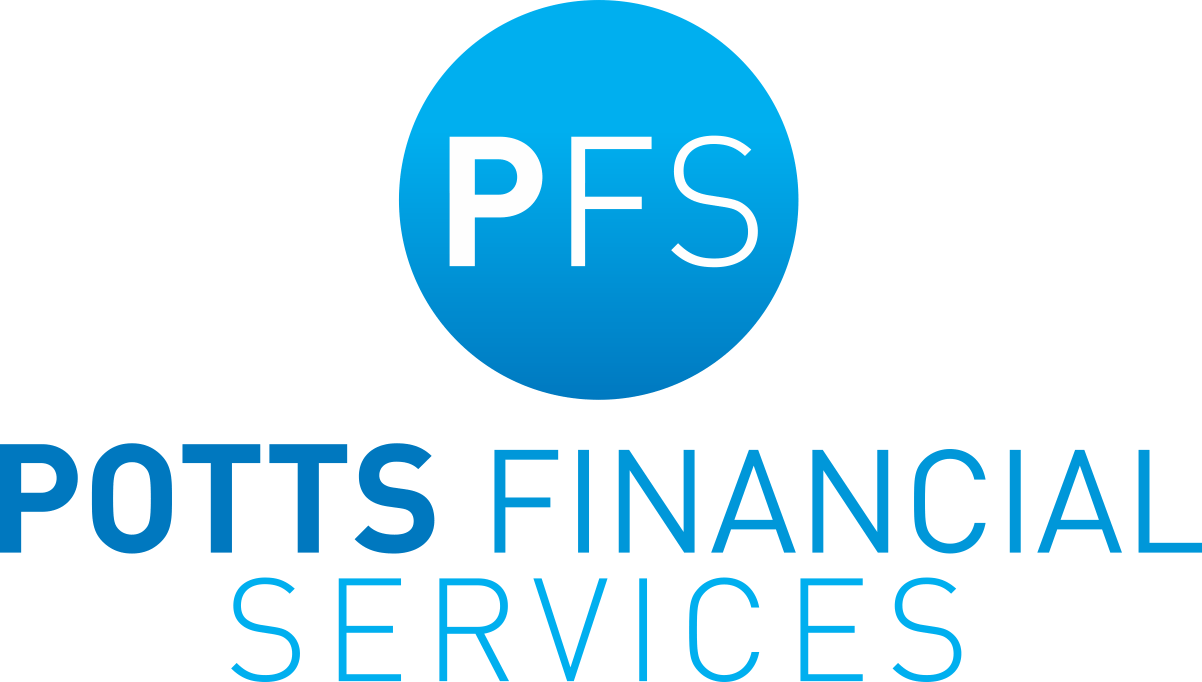
Every time we tap or swipe to make an electronic payment, or send a payment by direct debit, there is someone who knows exactly what we have spent our money on. That someone is, of course, our bank.
That’s why it is always fascinating to read the Commonwealth Bank’s (CBA’s) Household Spending Insights, the most recent of which were released earlier this month. About 30% of all Australian customer transactions are undertaken by CBA customers. More than seven million people have at least one CBA account. CBA is our largest bank.
Each month, the CBA takes its’ customers’ names off their transactions and looks anonymously at their spending. They then add up what all of their customers have done in the previous month and produce a report that always gets you thinking.
The information is actually very rich, especially when you consider the reach of the information that the CBA can gather. When taken in the context of other information, it becomes particularly useful.
For example, overall, during August, household spending rose by 0.7%. For the 12 months to August 2023, the total spent by households was up 2.3%. This might sound like a lot, but this time last year household spending had risen by 18.7% over the previous twelve months! And the most recent inflation figures we have tell us that prices rose by around 5% across the same period. The CBA index does not adjust for inflation, and so the fact that spending rose by less than half the inflation rate actually means that the amount of things that were bought actually fell. Prices rose by 5%, spending only rose by 2.5%. Spending did not keep track with prices.
The categories that the CBA use align reasonably well, although not perfectly, with the categories that the ABS uses to calculate the CPI. This lets us compare the rate of inflation with the amount being spent for quite a few types of spending. And these results are quite interesting.
For the 12 months to the end of August, the biggest rise was spending on education. The increase was more than 14%, of which 2.8% came in August. Education Inflation over the 12 months to July (the most recent data we have) has prices rising by just 5.2% (and trending down). So, the increase in spending is attributable to more than just rising prices. Prices rose by 5.2%, but spending rose by more than 14%. There seems to have also been an increase of about 9% in the amount of education being purchased.
The data seems to suggest that this is largely due to the return of overseas students as the pandemic retreats further into the past. The good news here is that the increase in demand for education is obviously not driving prices higher in that sector.
Insurance spending was not far behind education, with a rise of more than 13% for the year to 31 August. The rise in August was reasonably modest, at 1.2%. Insurance prices rose by more than 8% for the year to the end of July. Once again, with spending rising by more than inflation, more insurance is being purchased.
One interesting aspect of the data was the rise in spending on recreation versus the rise in prices for recreation. We spent over 8% more on recreation for the year – but prices had only risen by 4.1%. So, we are doing more things for enjoyment than we were doing a year ago.
That may or may not have something to do with the fact that we are eating less. Spending on food and beverages rose by 2.8% for the year, while prices were up by more than 5%. Once again, if the increase in spending is less than the increase in prices, we must be buying less.
Finally, another particularly interesting comparison is between the amount we spent on utilities (water, gas and electricity) and what has happened to prices for these things. Spending was up by less than 3%, while prices rose by almost 14% for gas and more than 15% for electricity. We are using much less of these things – which is, of course, a logical response to rising prices.
After all, it is often said that the best cure for rising prices is… rising prices. That’s how markets work.
